What did sailors eat in the 18th century and why now no one wants to eat this food
Categories: Food and Drinks | History | Travel
By Pictolic https://pictolic.com/article/what-did-sailors-eat-in-the-18th-century-and-why-now-no-one-wants-to-eat-this-food.htmlBefore the advent of steamships, maritime service was incredibly difficult. Sailors constantly had to deal with sails, which, depending on the weather and the direction of the wind, were either set or removed. They sailed for many months, and sometimes for years. Away from home, travelers were trapped by storms, treacherous rocks and reefs, pirates, warlike aborigines and tropical diseases. No less a test was the food that the sea wolves had to be content with.
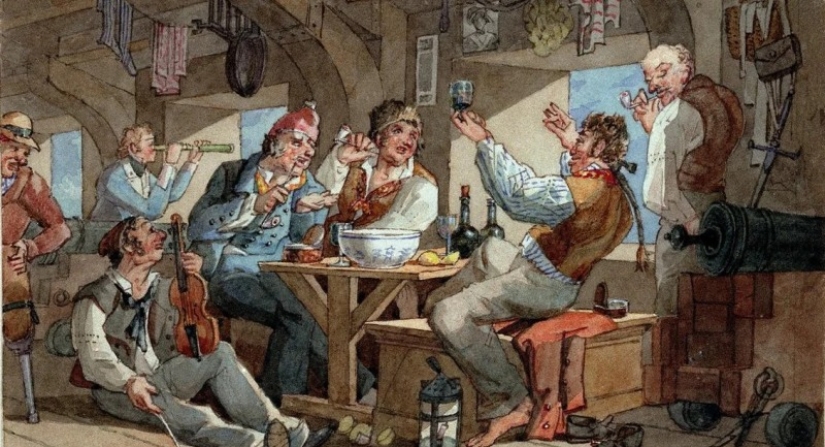
In the 17th and 18th centuries, sailors were either very motivated people, or those who had nothing to lose. They had to live for months in cramped conditions, without the slightest hint of comfort and constantly work hard. In such conditions, a hearty and varied meal could have been a real salvation, but it was not in sight.
The adventure novels of Mayne Reed, Raphael Sabatini and Robert Stevenson describe in detail the diet of sailors. Dry Admiralty reports have also reached us, which fully confirm the truthfulness of the writers. Before the start of the voyage, everything looked quite good. Substantial stocks of fresh food were loaded into the holds of sailboats.
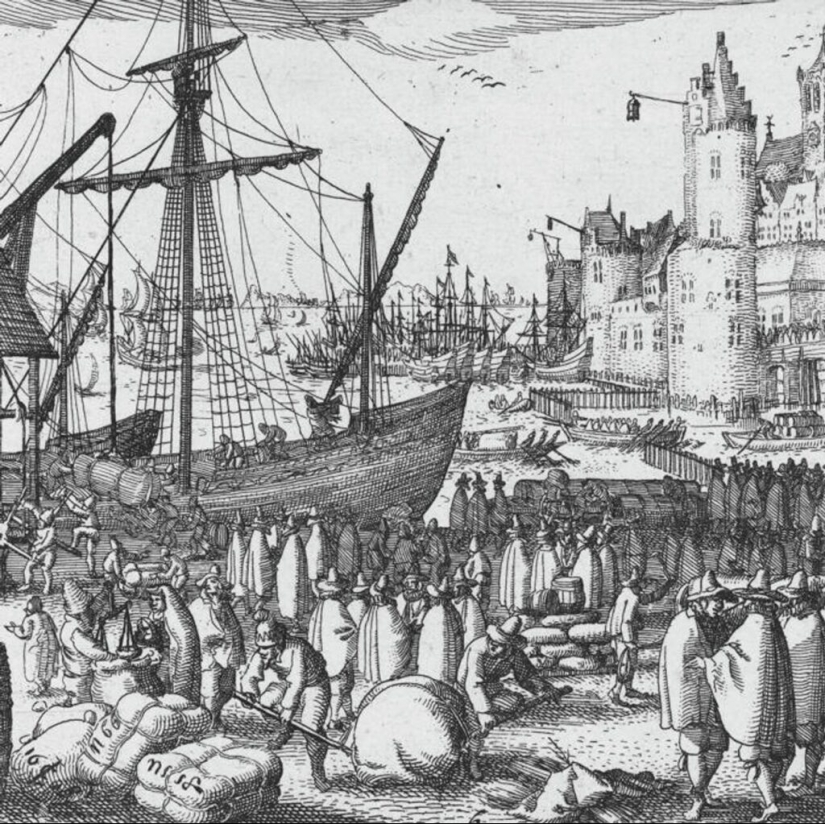
Butter, cheese, beef, flour, cereals, vegetables, alcohol — all this was stored with the expectation of many weeks of a sea voyage. In addition, the officers bought live poultry, pigs, goats and even cows for their money. The captain could afford the most luxurious table — there were even expensive wines and fresh fruits in his separate pantry.
But all this abundance pleased the sailors for a short time. They didn't know how to preserve food yet, so fresh and delicious food quickly deteriorated. This happened especially rapidly when traveling to the tropics and to the equator. Therefore, very soon the main food of most of the team members became corned beef, biscuits, crackers and rotten water.
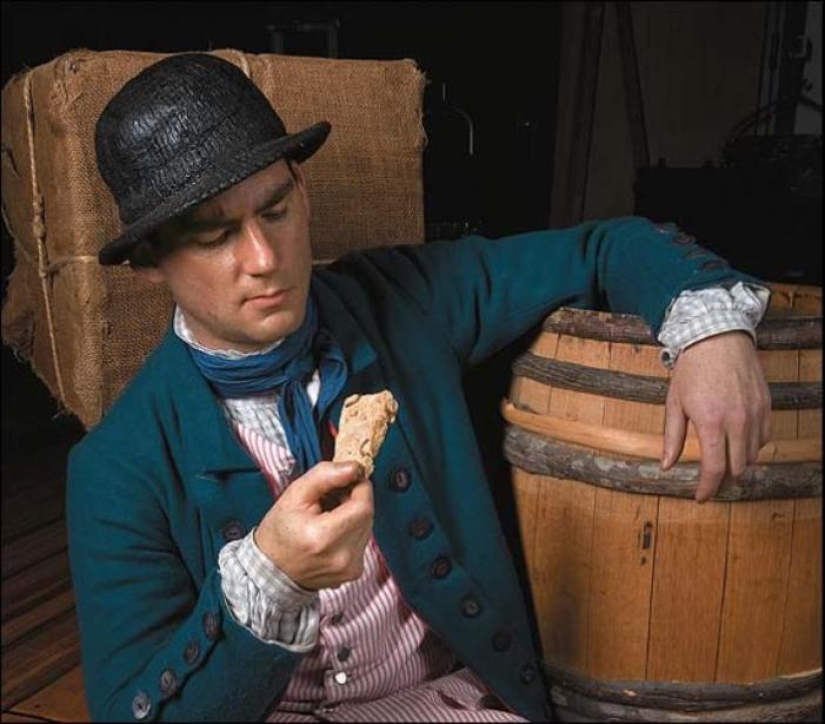
A special "flavor" was added to the ship's food by pests that were started in absolutely everything. The writer Patrick O'Brian in his novel "His Majesty's Frigate Surprise" describes one of the meals as follows:
The animals that started in breadcrumbs and biscuits were very diverse. The sailors were well versed in all these worms and bugs and knew their taste. To remove at least some of the pests, a cracker was knocked on the table. This helped to get rid of a certain number of arthropods and their larvae.
The sailors of the era of the sailing fleet had high hopes for corned beef. It was meat salted in oak barrels. Theoretically, such a product could be stored for years. But very often unscrupulous suppliers failed. The barrels were of poor quality, salt was saved, and the meat was already used stale. Therefore, corned beef quickly deteriorated in a hot climate.
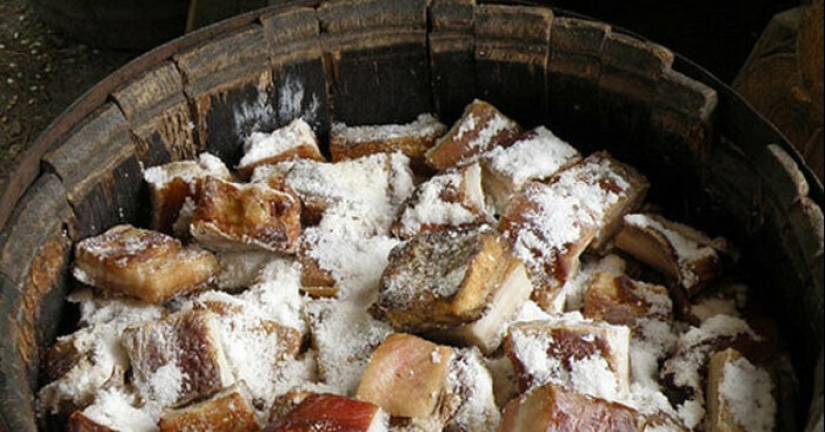
Even high-quality meat salted in barrels was a serious test for the stomach. It was incredibly salty and required special preparation. The cook cooked pieces of beef or pork for a long time in clean water. But it was impossible to get rid of salt completely, and the finished dish literally burned the tongue and palate. Add to this the fact that the pieces of meat were often with the skin — the ship's cook did not waste time on unnecessary manipulations.
Rotten corned beef became not just disgusting, but also life-threatening. Often spoiled meat was simply thrown overboard to avoid epidemics on board. But when the food ran out, few people thought about sanitary standards. Everything that could somehow support an exhausted body went into food.
When the edible meat ran out and only wormy crackers remained on board, hunting began on the decks and in the holds. The only game in it were rats, which were found in abundance on sailboats. Rodent hunting often became a business.
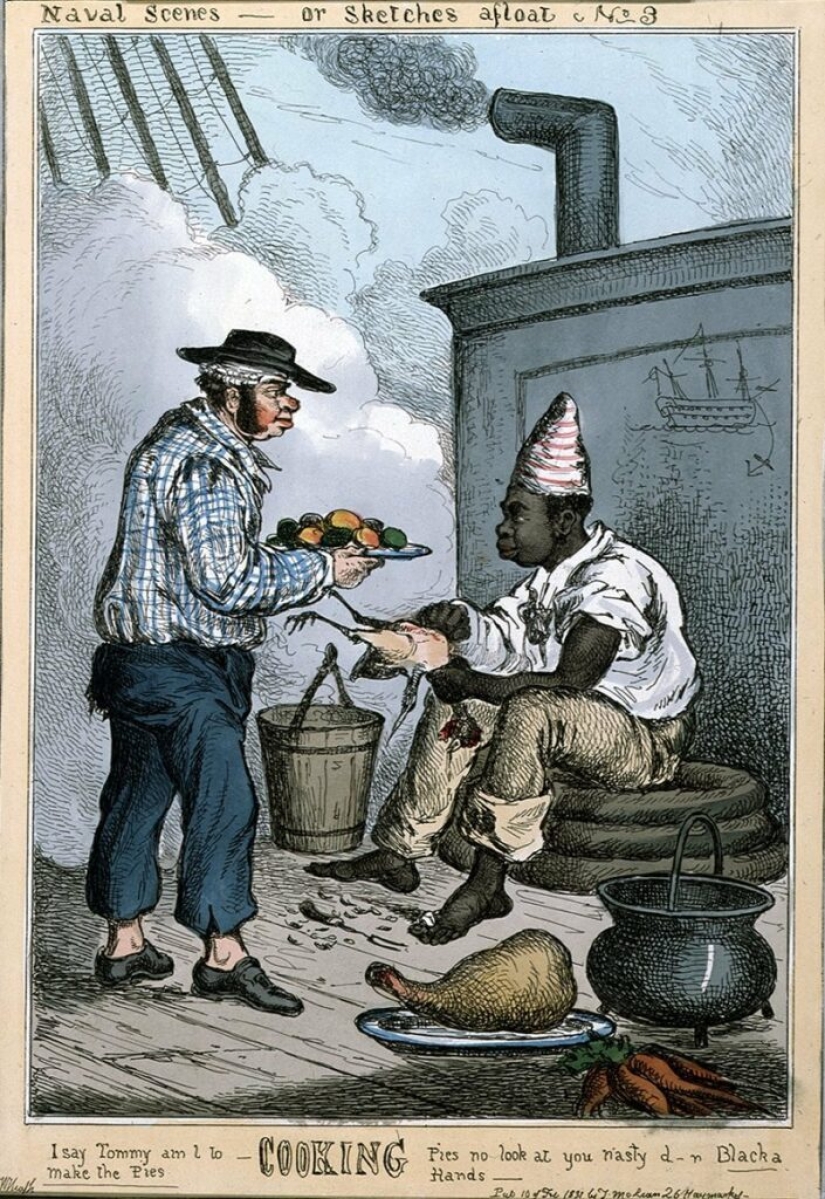
Here is how such a merchant is described in one of the books:
Strangely enough, fishing was not in high esteem among the sailors. Fish was also sometimes caught and even sold to less fortunate colleagues, but meat, even rat meat, was valued higher. It seems strange to many that you can suffer from hunger in the middle of the sea. But the fact is that fishing in the open ocean is not easy at all and you can waste many hours in vain. Sailors from sailboats simply did not have so much free time.
Everyone has known the pirate song "Fifteen people on a dead man's chest" since childhood. And her chorus "Yo-ho-ho, and a bottle of rum!". It was invented by the writer Robert Louis Stevenson specifically for his novel Treasure Island. Therefore, we know very well that the sailors of the past, and especially the pirates, could not live without strong alcohol.
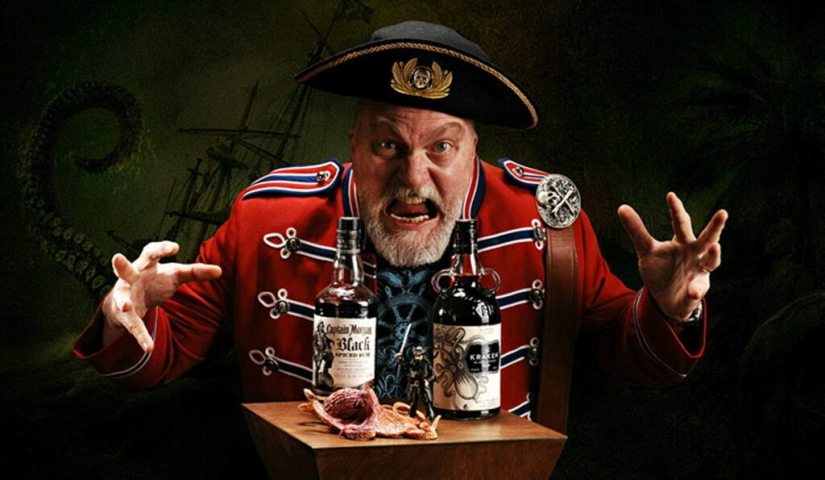
Alcohol was given out on sailboats every day. However, the portion prescribed by the rules could be deprived for some offense. In the 18th century, the ships of the British Navy did not skimp on booze. Each sailor was supposed to have 3 liters of beer, 0.5 liters of wine or 250 ml of grog per day. By the way, the grog was the rum, only diluted.
Additionally, the captain could encourage distinguished team members with an additional portion of alcohol. Despite the issuance of impressive volumes of alcohol, drunkenness on the high seas was severely punished. Therefore, the team members tried to drink carefully to stay in good condition.
Poor nutrition inevitably affected the health of sailors. But the most terrible thing was not poisoning with wormy breadcrumbs and rotten corned beef. The real scourge of sailors in the 18th century was scurvy. This is a disease that develops as a result of the lack of vitamin C products in food. The first cases of scurvy were recorded during the Crusades. With the development of navigation, this ailment has become almost the main cause of death of travelers.
Due to the lack of ascorbic acid in the products, the sailors began to stagger and lose their teeth, a rash appeared on the body and anemia developed. Scurvy ended in a painful death. Salvation was only in a normal diet and products with vitamin C. But where to get fruit or fresh herbs away from the shore?
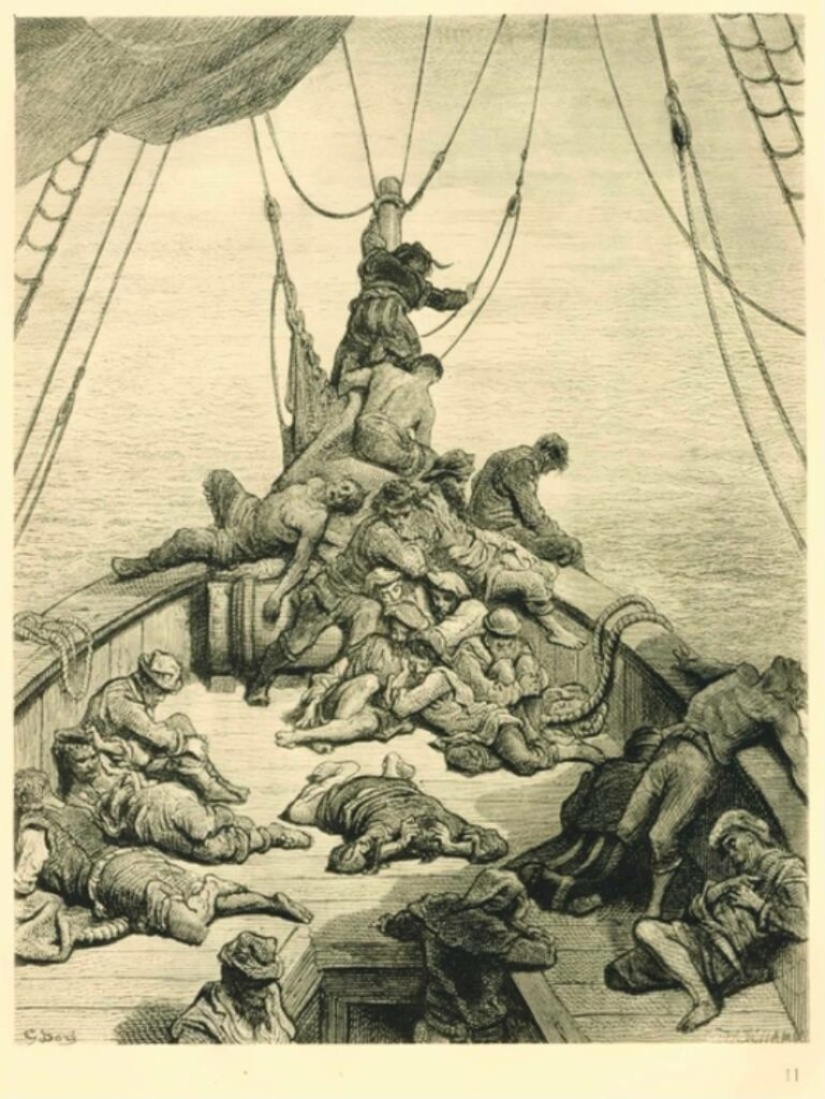
In the 18th century, they well understood the nature of the deadly disease and tried to fight it. British sailors stocked up wherever they could with oranges and lemons. The Germans took barrels of sauerkraut on a voyage. Russian Arctic explorers have often been saved by bear's blood, which contains a lot of vitamins. Alas, all foods rich in vitamins were stored for a very short time. Therefore, across the expanses of the seas and oceans, the wind carried ships with torn sails and a dead crew — sometimes scurvy killed everyone on board.
It can be said that the most disgusting dishes of Soviet catering would have seemed to the sailors of the past to be real aristocratic delicacies.
Recent articles

Soon the New year, which means it's time to review Christmas movies, buying gifts, planning the celebration and decorate their ...

An old tradition to eat alcohol, kebabs, sausages and other meat products obviously there for a reason. Our ancestors, having a ...

Artists perpetuate the images of his muses in paintings, sculptures and other works. Them they draw inspiration for creativity. ...